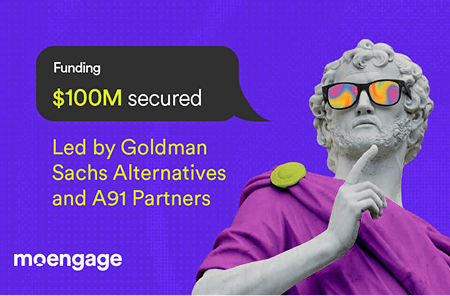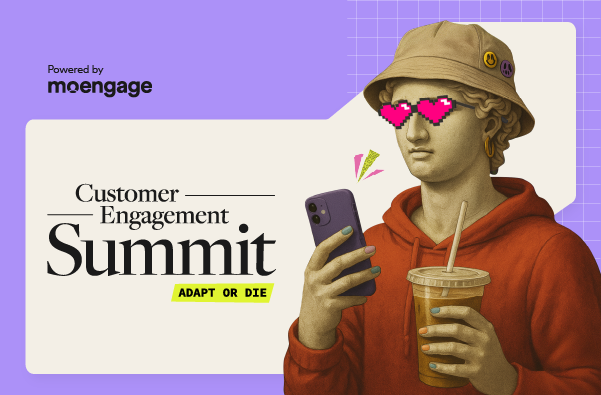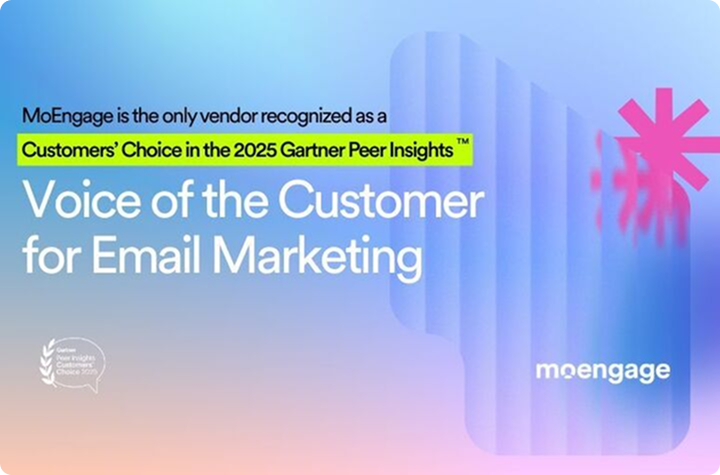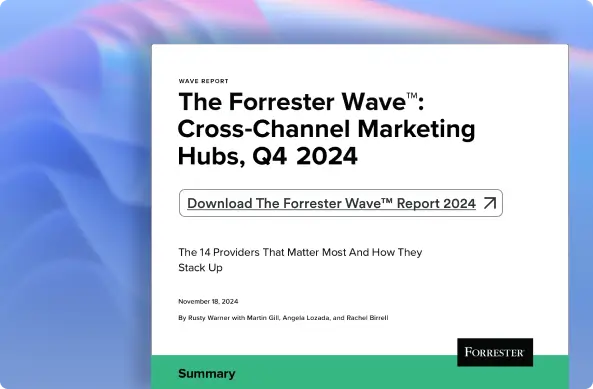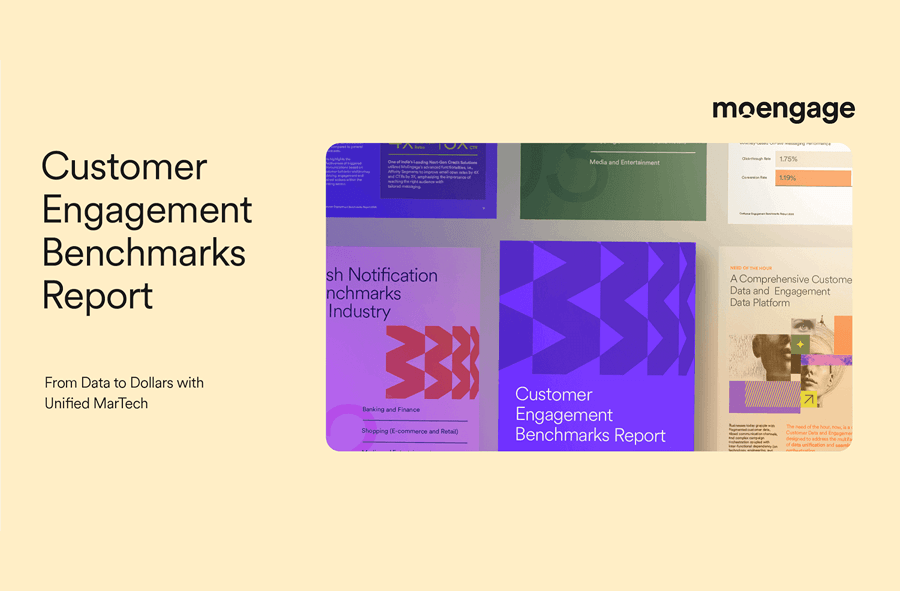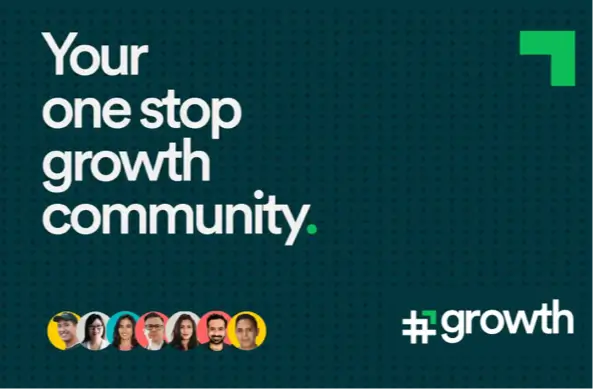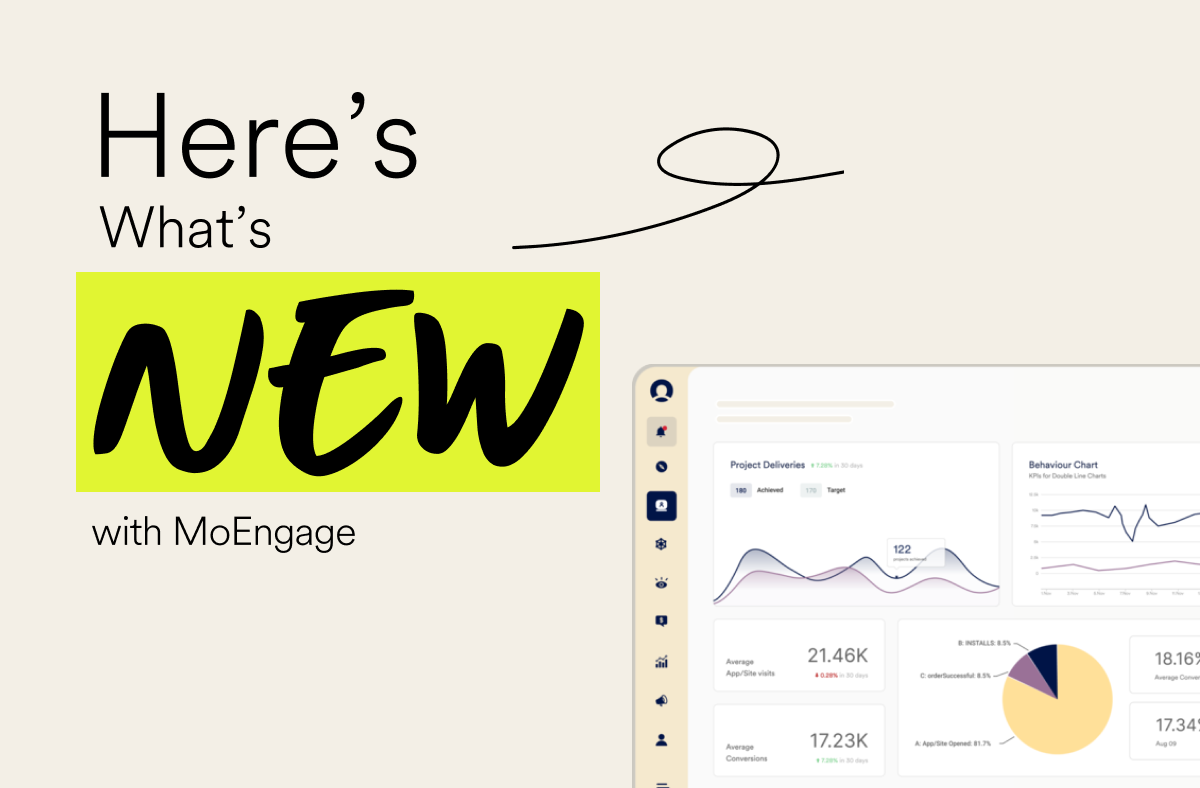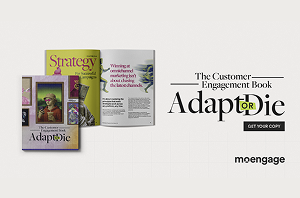Unlocking Sustainable Growth: A MoEngage Perspective on Branch’s State of App Growth 2025 Report
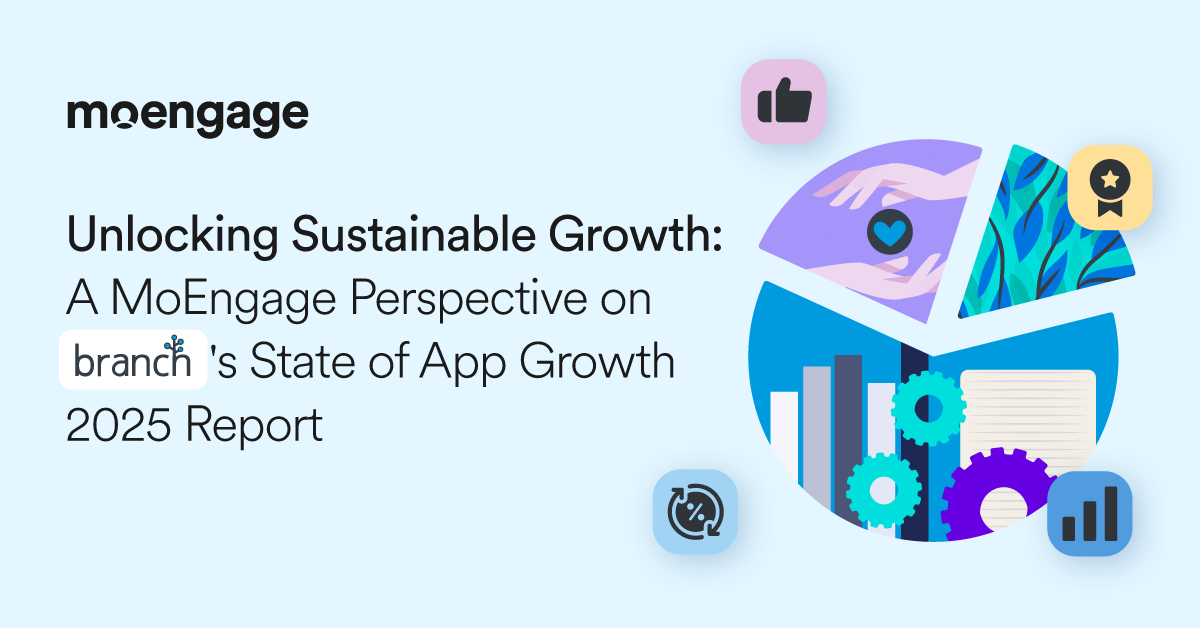
Reading Time: 5 minutes
Branch’s latest State of App Growth report offers a snapshot of the realities app marketers face. The 2025 edition, built on responses from 750 senior marketers, product leaders, and growth executives, underscores four major themes: unclear attribution, rising acquisition costs, shifting privacy regulations, and the promises and pitfalls of AI.
At MoEngage, we see these same themes echoed in conversations with our customers. Growth does not end with a download. True app success comes when installs translate into engaged, loyal users.
Below, we share our take on Branch’s findings, connecting their insights with what we see across the app marketing landscape.
Attribution Clarity Beyond Installs
Branch found that only 18% of marketers feel “very confident” in their attribution data. For app teams, this means many installs are showing up as “organic,” which makes it difficult to know which campaigns or channels are driving real growth.
Hope Barrett, Senior Director of Product Management, MarTech, at SoundCloud, captured the frustration of working without clarity during our Customer Engagement Summit:
“It was difficult for us to innovate… we couldn’t even tell if an email actually got to where it was supposed to be… At SoundCloud, messaging is part of the product.”
Hope specifically described the challenges they faced with email delivery prior to migrating to MoEngage, but the larger lesson applies to app attribution. Without confidence in measurement, marketers hesitate to try new tactics. In the app world, attribution should not stop at the install. It should include in-app actions such as account creation, purchases, or repeat sessions.
Many brands are now rethinking attribution models to go beyond last-touch reporting and include downstream engagement because measuring what happens after the install is critical for app growth.
- MoEngage POV: Attribution clarity must extend beyond the install. Marketers need to tie acquisition sources to post-install behavior, retention rates, and lifetime value. Otherwise, attribution becomes a vanity metric rather than a growth lever. The brands that win will be those that view installs not as the finish line, but as the starting point for meaningful engagement.
Cost-Effective Scale and the ROI of Retention
According to Branch, 36% of app marketers say scaling without inflating costs is their top challenge. On average, teams are already juggling four channels, from app store optimization to paid social to referrals.
Simply adding more channels rarely solves the problem. Cost-effective scale comes from making sure the users you already acquire become engaged and retained. As Megan Kwon, Director of Digital Customer Communications at Loblaw, put it at our Summit:
“We restructured around the customer lifecycle, making sure each team is responsible for a different stage of the journey. That’s how we scale impactfully.”
This lifecycle mindset is especially important for apps. A download is just the starting point. What matters is whether users stay active beyond the first few days. Personalized onboarding, reactivation campaigns, and push or in-app messaging tailored to early behaviors make the difference between a churned user and a loyal customer.
Our research supports this. 62% of consumers expect personalized experiences across every channel. For app marketers, that expectation is even higher because the app sits on a device the customer interacts with constantly.
- MoEngage POV: Cost-effective scale comes from maximizing the value of every customer you acquire. Retention-focused lifecycle strategies, powered by personalization and automation, reduce reliance on constant acquisition and create compounding growth. In other words, you scale by keeping the customers you worked so hard to win.
Privacy-First Measurement and Engagement
Branch reports that 41% of marketers say cross-channel attribution has become harder since privacy changes, while 39% cite rising data collection costs. App marketers feel these pressures acutely with changes like Apple’s App Tracking Transparency and stricter data regulations.
This makes data fragmentation a real challenge. Many brands still deliver curated, high-value experiences in certain touchpoints but fall short when trying to connect them across the customer journey. Blair Bendell, SVP of Marketing at Foxwoods, explained the challenge:
“We create highly curated experiences on property… what we don’t create is highly curated experiences when we communicate with them. The opportunity is to connect those.”
His point illustrates the opportunity hidden within the privacy challenge. If you are relying on disjointed systems and rented data, your experiences will feel inconsistent. But when you build a first-party data foundation and use it to personalize communication across every channel, you create continuity and trust.
By focusing on consented behavioral data collected within the app, marketers can personalize while staying compliant. Approaches like tokenized personalization and bridging offline and online data help brands maintain trust.
- MoEngage POV: Privacy shifts are not just about compliance. They are an opportunity to build deeper trust and more meaningful engagement. First-party data strategies, consent-driven personalization, and transparent value exchanges will become the new currency of customer loyalty. Brands that embrace this reality will not just survive privacy changes, they will thrive because of them.
AI as an App Growth Lever: From Efficiency to Trust
Branch found that every respondent is using AI for app growth, but 55% cite user trust as the top barrier. While predictive analytics and AI-powered personalization are now common, customers want reassurance that AI-driven experiences will be relevant and transparent.
Gary Kamikawa of Amazon Music captured this balance during a panel about leveraging AI at our Summit:
“I view AI as not a replacement, but an augmentation. It allows us to significantly scale personalization while keeping the experience relatable.”
Gary’s point is critical: AI is not about replacing human creativity or empathy. It empowers marketers to achieve personalization at a scale that would be impossible for humans alone, all while maintaining a human-centric experience.
This translates into practical applications like predicting churn, recommending relevant content or products, and optimizing push notifications in apps. Ultimately, AI enables marketers to scale effective strategies, provided it is implemented in a way that feels natural and intuitive to the customer.
Responsible AI is becoming the priority. Tools like Merlin AI show how app marketers can generate content, predict user behavior, and optimize journeys while keeping trust at the center.
- MoEngage POV: AI’s greatest role is to help marketers predict needs, orchestrate journeys, and personalize in real time, without crossing the line of trust. Responsible AI must be transparent, explainable, and focused on delivering real value to the customer. That is how brands will unlock AI’s potential without undermining loyalty.
From Installs to Impact: Closing Thoughts
Branch’s State of App Growth 2025 captures the reality that app marketers face every day: attribution that lacks clarity, expensive acquisition, privacy that forces smarter data strategies, and AI that is still evolving.
At MoEngage, our perspective is clear. Installs may start the journey, but impact comes from what happens after the download. The way forward is to connect attribution to in-app engagement, match acquisition with retention, treat privacy as an opportunity to build trust, and use AI responsibly to personalize at scale.
Together with partners like Branch, we are excited to help app marketers turn these challenges into opportunities for lasting growth. By combining measurement clarity with lifecycle engagement, brands can turn today’s challenges into tomorrow’s opportunities.

